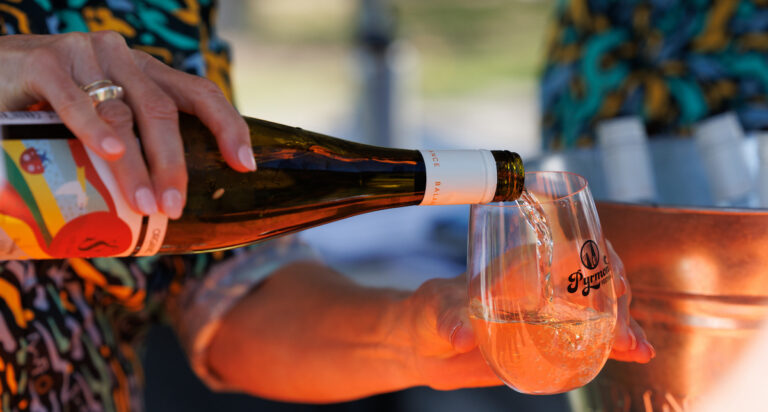
Remove blinkers for public transport fix
The underground metro proposed by the State Government is not an idea whose time has come. It is a product of the “big project” mentality that has dominated government thinking in recent years, where government and public pay a premium for the private financing of public infrastructure.
At $5.3 billion for 4.8km and growing, with “possible completion” in 2015, this very short and very expensive railway will greatly benefit tunnelling contractors and concrete makers, but not be good value as public transport. Compare this price tag to that of the recently approved Gold Coast Rapid Transit light rail project of $900 million for 13km – three times the length at a fifth of the cost, with a third of the time required for construction.
The metro makes inevitable high-density redevelopment around stations that will disrupt and destroy the character of long established neighbourhoods. Already, this proposal has heritage-listed buildings on its demolition list, and at Rozelle locals are outraged that vital community assets including a childcare centre will be demolished.
There is nothing in this metro proposal that cannot be done better with a surface light rail extension to the Balmain peninsula and through the CBD, for a cost of $150 million, and a two-year construction period. Rather than the wide construction and demolition impact of the metro, the light rail route would use disused railway lines and street alignments. Construction would be carried out with minimal disruption in a series of small worksites.
Sydney is latticed with unbuilt railway lines, and the city has unused tunnels and junctions under the streets. The Eastern Suburbs Railway was never finished beyond about 20 per cent of what was intended; Bradfield’s Inner West Railway, planned with the City Railway and the Harbour Bridge, was never built. These were expensive plans that were unaffordable after World War I and the onset of the Depression, and were abandoned after World War II.
It’s highly likely the proposed west and northwest extensions to the CBD metro will fare no better. At the CBD end the metro alignment blocks long-preserved underground easements for future heavy rail expansion. Transferring passengers to the metro at Central would return to the pre-city underground days, when hordes had to pour off steam trains onto trams to get into the city.
By contrast, the extensive Sydney tramway system was built up in the 30 years before WWI, providing efficient transport for the development of the suburbs. After the war, tramway expansion stalled. From then on tramways were neglected and abandoned at the behest of the interests promoting roads and motoring, the same oil, insurance and automotive interests that are driving the anti light rail policy today.
Surface light rail has many advantages over underground or elevated metros. Interchange with buses is cross-platform, so there’s no need for the long escalators and lifts required for a deep tunnel metro. Power consumption and maintenance of underground stations for lighting, ventilation, lifts and escalators is substantial, where a light rail stop requires only a low platform and a shelter shed.
Detailed study over five years for the Gold Coast Rapid Transit – as opposed to six months of an ad-hoc justification exercise by panicked politicians – rejected a subway metro system as it would offer no advantages in capacity or travel time over a surface light rail operation, with inferior accessibility.
And the issue of safely evacuating passengers from a deep tunnel during an emergency doesn’t exist. Light rail can move 10-12,000 people per hour and 100,000 per day in each direction, taking two road lanes to carry the same as ten lanes of motor vehicles. The only proponents of a subway or elevated system were motorists who wanted public transport out of their way.
Internationally, surface light rail transit is now preferred. Experience from other cities shows that it provides a more pleasant journey for passengers, and is easy to find and access. A frequent and predictable passenger service also encourages pedestrians and cycling, instead of isolated travel by car through streets empty of people.
The $91 million share from the federal budget to “plan” where their western metro “might go” would be better spent on extending the existing light rail line, from Central into the CBD, from Lilyfield to Dulwich Hill to the south, and through White Bay to Rozelle and Balmain. Public transport users shouldn’t be forced down an overpriced hole in the ground to preserve the privileges of the motorists.
City streets choked with polluting traffic would be transformed into quiet, pleasant thoroughfares with quiet, frequent light rail cars enhancing a people-scaled cityscape. The metro is a shackle to the car-dominated past while light rail is a ride into a cleaner, quieter and sustainable future.
That this State Government can’t see the way is no surprise.
– BY TONY GALLOWAY









